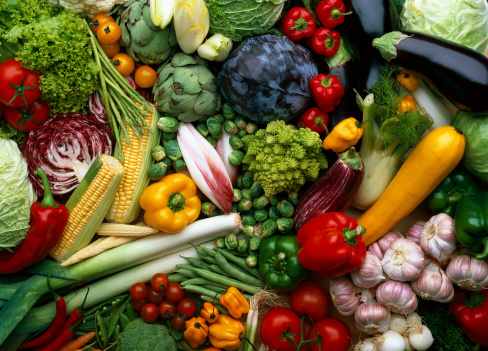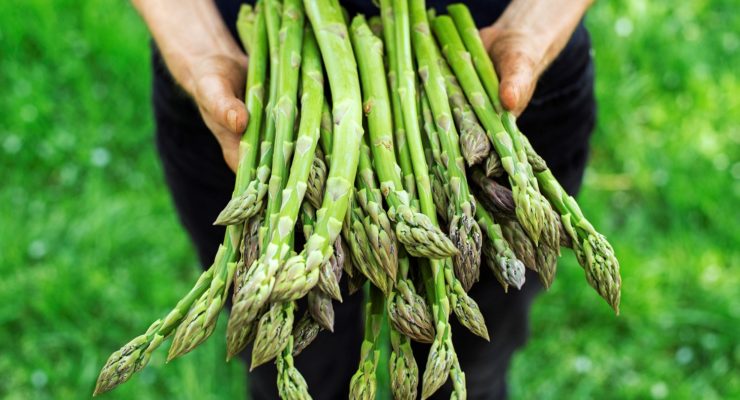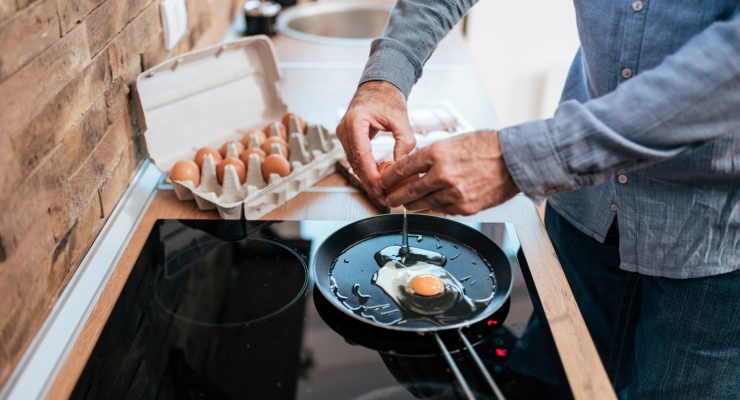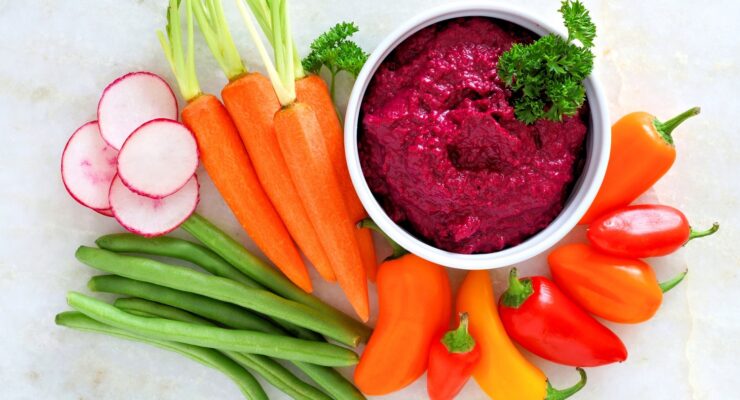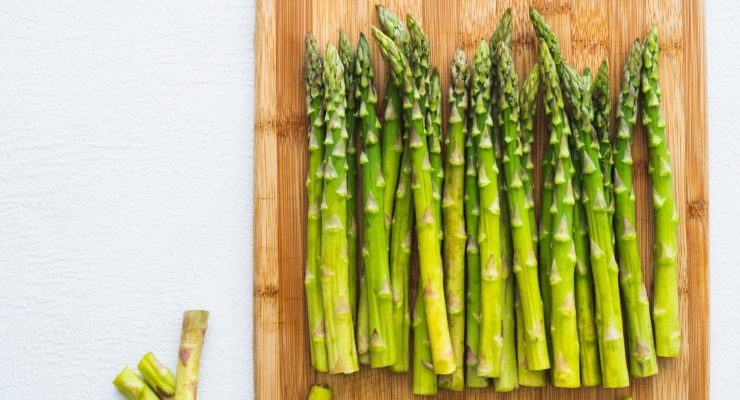12 Grocery Storage Tips to Make Your Food Last Longer
Article posted in: Diet & Nutrition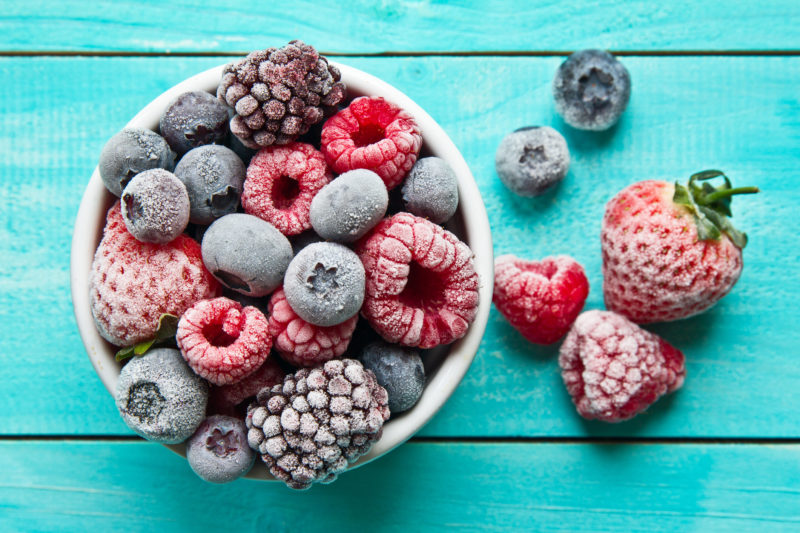
With all the money that you spend on groceries, you want to make them last as long as possible. Sometimes we end up wasting the precious food we buy because we don’t get to it as fast as we intended. It’s time to stop wasting food! There are plenty of simple strategies for grocery storage that can help you keep your food at its peak until you’re ready to eat it.
Whether it be the wrong storage temperature, where you’re storing your produce or how you’re storing it, there are many factors that play into the longevity of your fresh groceries. But, there are convenient ways in which can you ensure you are taking the proper precautions to make those expensive groceries last.
Here are 12 grocery storage tips to make your food last longer:
1. Ideal Temps

Grocery storage efficiency is highly based on the way you store your food. Today’s refrigerator-freezers are more efficient and offer you more control than ever before. According to Storing Food for Safety and Quality, you should set your refrigerator to stay below 40 degrees F and the freezer below zero degrees F. At these temperatures, your food stays fresh and free of unhealthy bacteria.
2. Door Jam

The temperature of the items stored on the shelves in the door fluctuates more than those inside the refrigerator, which can speed up the spoiling of perishable foods, such as milk and eggs. Use the door shelves for sealed jars and more stable items, such as mustard and pickles. Put dairy products, fresh meats and other foods susceptible to temperature changes in the back—the most consistently cold part of the fridge.
3. Separate Fruits and Veggies
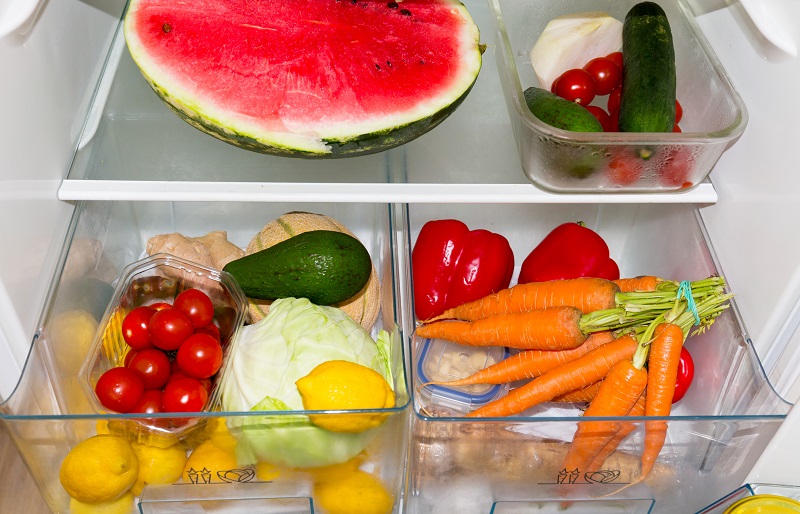
Most refrigerators have separate grocery storage compartments for fruits and vegetables for good reason. Vegetables last longest in humid conditions, but that can lead to mold on fruit. As certain types of fruit ripen, they release ethylene gas that causes vegetables to spoil quickly. And strong-flavored vegetables, such as onions, can influence the taste of sweet fruit. Keep them apart.
4. Use the Crisper Drawer


Research conducted by Penn State University investigated the effects of our grocery storage for vegetables. Lettuce, spinach, cucumbers, bell peppers, broccoli, asparagus, cauliflower, eggplant and many other tender vegetables stay fresh for up to a week in the fridge. Leaving them in a plastic bag or putting them in the crisper drawer helps maintain the 90 percent humidity that is best for them.
5. Tomato Exception


Refrigeration keeps tomatoes from rotting, but their flavor becomes blander and their texture mealier when chilled. Store tomatoes at room temperature and eat them within three to four days.
6. Cool and Dry


Grapes, berries and stone fruits such as cherries, peaches and plums need lower humidity to fend off mold and other causes of fast decay. Store them in a drawer where you can set the humidity below 80 percent.
7. Put Down Roots
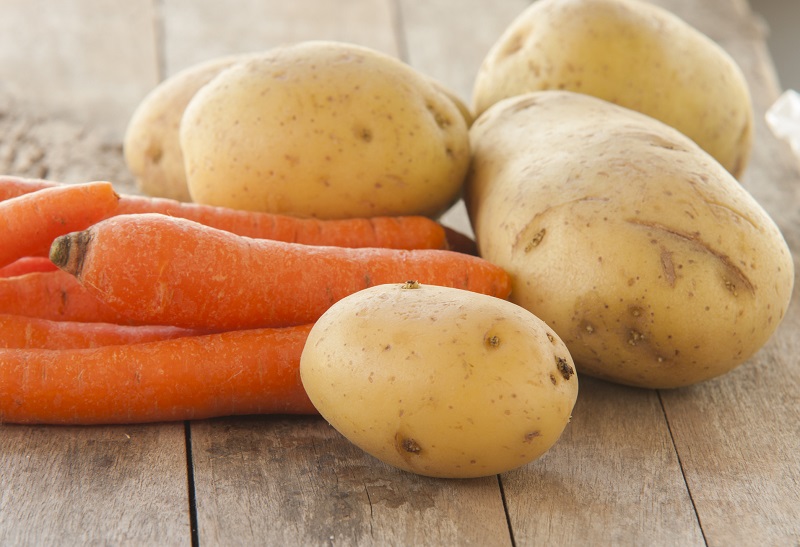

According to Cornell Cooperative Extension, in the cool, dark conditions of a basement or pantry, potatoes (white and sweet), carrots, onions, garlic and other root crops keep for weeks—no refrigeration needed. Winter squash, including butternut and pumpkins, and apples hold up well in these spaces, too. Just be sure all of these items are completely dry when you store them and check periodically to remove any that have begun to spoil so you can get rid of them before the problem spreads.
8. Wash When Ready


Wait until you are preparing to eat any produce before rinsing it. Any moisture left behind when you store it can be a breeding ground for mold or bacteria.
9. Freeze in Portions


Frozen food retains its nutrients better than aging fresh food. But frozen food can slow you down when you’re in a hurry and repeated thawing and freezing causes the food to lose quality and may even give unhealthy microbes a chance to grow. Break up items you want to freeze into individual portions so you can defrost only as much as you’ll eat at one time.
10. Thaw Safely
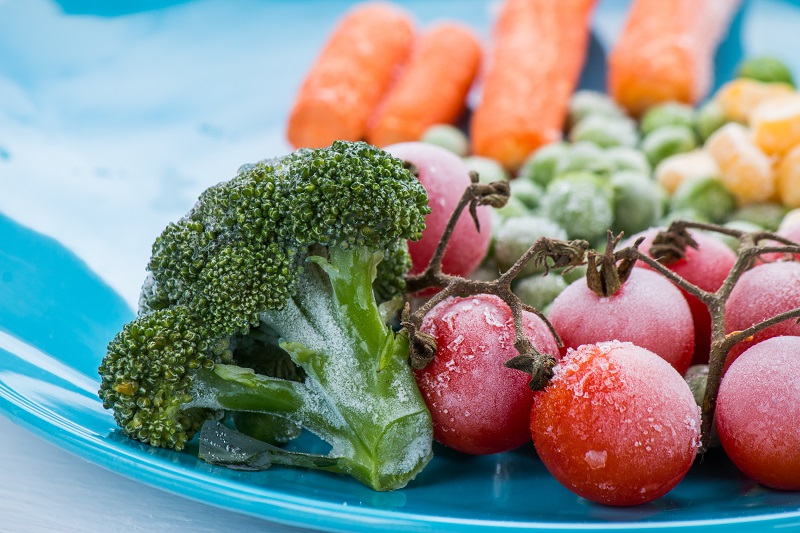

According to the United States Department of Agriculture (USDA), frozen food can keep for months, but the transition from frozen to ready-to-cook is critical to maintain its quality and safety. Do not leave frozen food at room temperature for more than two hours and beware of trying to defrost it in hot water. Instead, allow food (especially raw or cooked meat) to thaw in the refrigerator or use the defrost function on your microwave oven. Food that’s thawed should be cooked immediately.
11. Four-Day Max


Making extra portions is a smart way to ensure you have healthy food options to eat when you’re working toward your ideal weight. But leftovers stored in the fridge begin to deteriorate in a few days. Even worse, you may not always be able to tell by appearance or aroma that food has spoiled. Nearly all experts agree that you should discard leftovers after four days, no matter what. The best way to handle leftovers you won’t eat in a day or two is to freeze them right away in single-serving portions.
12. Check the App


Your phone or tablet can be an invaluable tool for keeping your groceries longer thanks to the free FoodKeeper app, created by the USDA, in partnership with Cornell University and the Food Marketing Institute. It gives you storage timelines for a wide variety of products, including those stored in the refrigerator, freezer and pantry. Its handy calendar lets you keep track of when you purchased your groceries and sends you helpful reminders when they are close to the end of their freshness date. The app is available for Apple and Android devices.
Lose weight and get healthy with a convenient meal delivery service. Get started with a Nutrisystem plan today!



